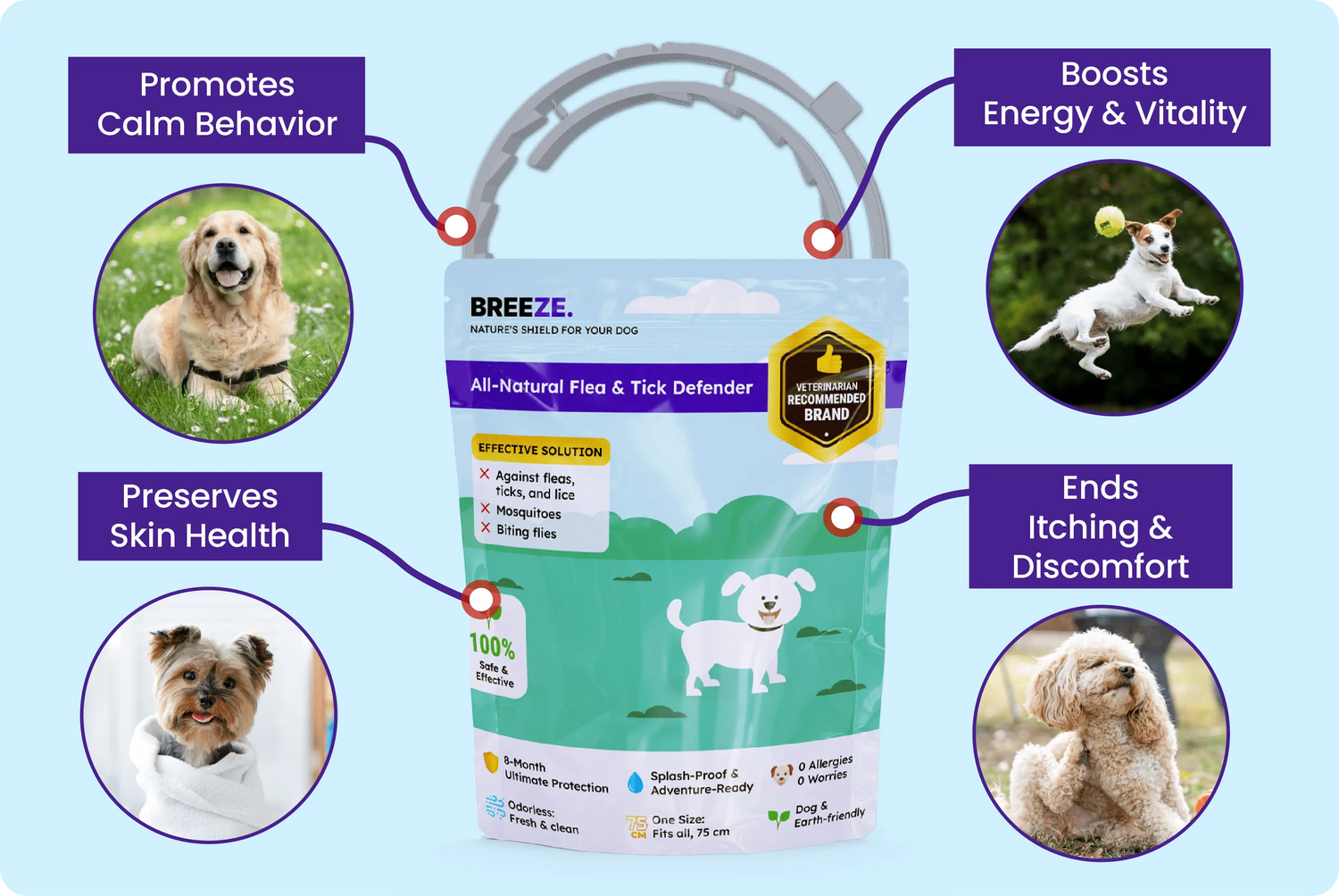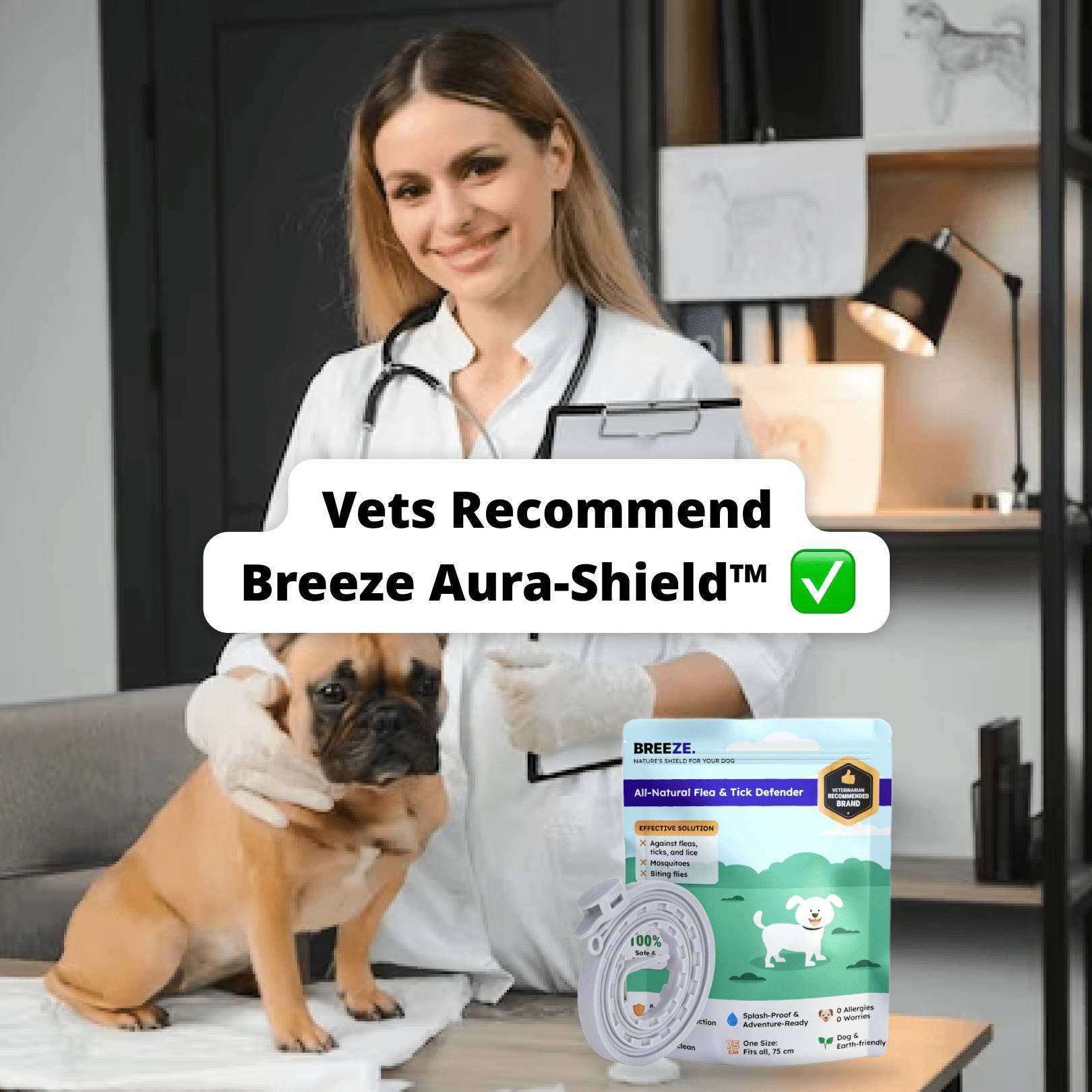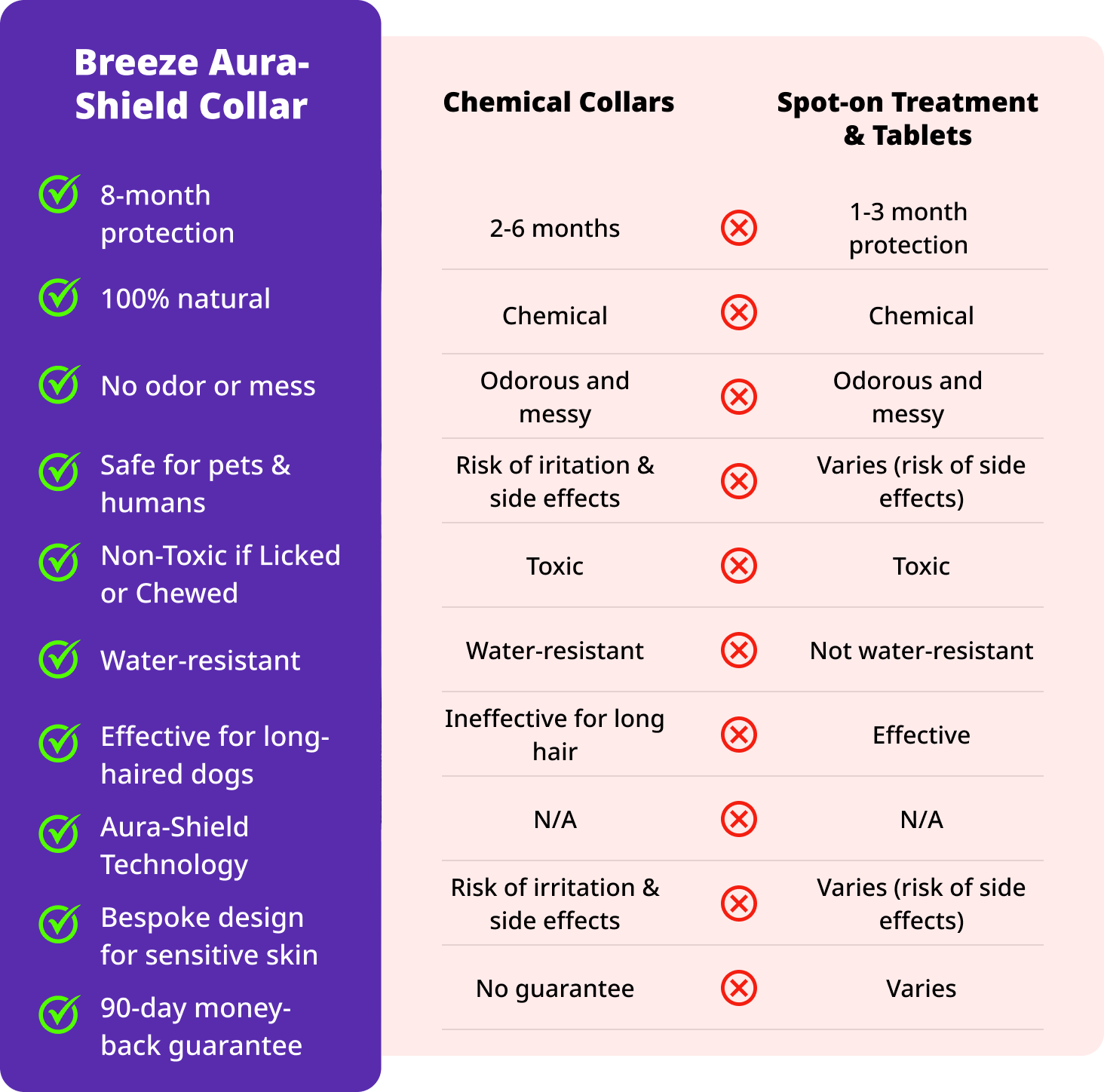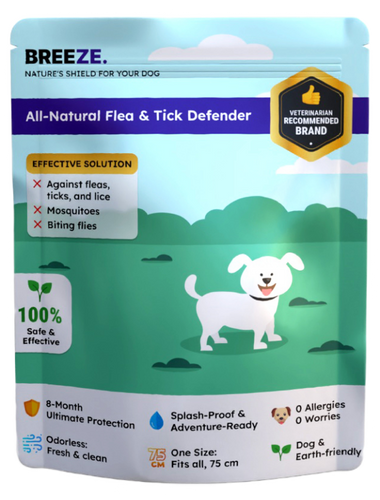Breeze Aura Shield Reviews Consumer Reports
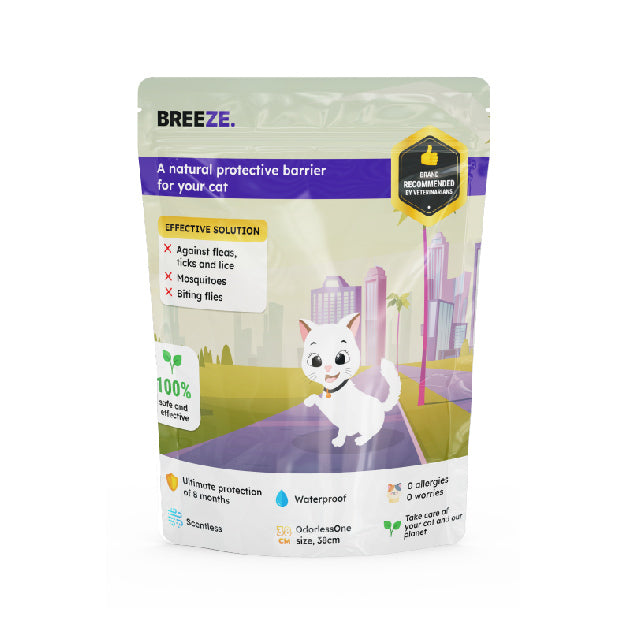
The Breeze Aura Shield, marketed as a revolutionary air purification device promising to neutralize airborne viruses and allergens, has rapidly gained popularity amidst growing concerns over indoor air quality. However, questions surrounding its efficacy and safety have prompted intense scrutiny, particularly from consumer advocacy groups like Consumer Reports.
This report delves into the Breeze Aura Shield, examining its advertised benefits, the scientific basis behind its technology, and the findings of independent testing, including analyses conducted by Consumer Reports. We will explore consumer feedback, expert opinions, and potential regulatory implications to provide a comprehensive assessment of this increasingly prevalent air purifier.
The Promise of Clean Air: Marketing vs. Reality
The Breeze Aura Shield's marketing materials emphasize its ability to eliminate a broad spectrum of airborne contaminants, including viruses, bacteria, pollen, and mold spores. The company, Breeze Technologies Inc., claims its proprietary "Aura Ionization" technology actively seeks out and neutralizes these particles, creating a healthier indoor environment. Such claims resonate strongly with consumers seeking to mitigate health risks associated with poor air quality.
Breeze Technologies asserts its Aura Ionization process releases negative ions that attach to airborne particles, weighing them down and causing them to fall out of the air. Furthermore, the company suggests this technology effectively disrupts the structure of viruses and bacteria, rendering them harmless. The company's website features testimonials and before-and-after imagery showcasing the device's alleged effectiveness.
Consumer Reports Weighs In: Testing and Analysis
Consumer Reports, a leading independent product testing organization, recently published its findings on the Breeze Aura Shield. Their comprehensive evaluation assessed the device's performance in removing particulate matter (PM2.5), volatile organic compounds (VOCs), and allergens from a controlled test environment.
According to Consumer Reports' assessment, the Breeze Aura Shield demonstrated a limited ability to remove PM2.5, a common indicator of air pollution. Their tests revealed significantly lower performance compared to traditional HEPA filter-based air purifiers across a range of particle sizes. These findings raise questions about the device's efficacy in addressing common air pollutants.
Additionally, Consumer Reports noted that while the Aura Ionization technology did reduce some VOCs, the improvement was marginal and inconsistent. The organization emphasized that more established technologies, like activated carbon filters, offer superior VOC removal capabilities. Their testing also raised concerns regarding potential ozone emissions from the device.
Potential Ozone Concerns: A Double-Edged Sword
The use of ionization technology in air purifiers has long been associated with the potential for ozone generation, a known respiratory irritant. While Breeze Technologies maintains that the Aura Aura Shield operates within safe ozone emission levels, Consumer Reports' testing indicated detectable ozone production.
Exposure to even low levels of ozone can trigger respiratory problems, exacerbate asthma, and irritate the airways. Experts recommend choosing air purifiers that do not intentionally produce ozone. The potential for ozone generation remains a significant concern for sensitive individuals and those with pre-existing respiratory conditions.
Consumer Feedback: Mixed Experiences
Consumer reviews of the Breeze Aura Shield are varied, reflecting a range of experiences. Some users report noticeable improvements in air quality and a reduction in allergy symptoms, praising the device's sleek design and quiet operation.
However, many consumers express skepticism about the device's effectiveness, citing a lack of tangible improvement in air quality or the persistence of allergy symptoms. Some users also report concerns about the device's potential ozone emissions. These mixed reviews highlight the need for greater transparency and substantiated performance data.
Expert Opinions: Skepticism and Caution
Air quality experts and environmental health scientists have expressed caution regarding the claims made by Breeze Technologies. Many question the scientific basis for the Aura Ionization technology and its purported ability to eliminate viruses and bacteria effectively.
Dr. Emily Carter, a leading environmental health specialist, states, "While ionization technology can have some effect on airborne particles, its efficacy in real-world settings is often limited. Traditional HEPA filters remain the gold standard for particulate matter removal, and activated carbon filters are more effective for VOCs. Claims of viral inactivation require rigorous independent validation."
Regulatory Implications and Future Outlook
The Federal Trade Commission (FTC) has strict regulations regarding the advertising and marketing of air purifiers, particularly those making health-related claims. False or unsubstantiated claims can result in significant penalties.
Given the concerns raised by Consumer Reports and other experts, it remains to be seen whether Breeze Technologies will face regulatory scrutiny. The company's marketing practices and product claims are likely to be subject to increasing scrutiny as more data becomes available.
Conclusion: A Call for Informed Decision-Making
The Breeze Aura Shield presents a compelling narrative of clean air and improved health. However, independent testing and expert opinions suggest that its performance may not align with its marketing promises.
Consumers are urged to carefully consider the available evidence, including the findings of Consumer Reports, before investing in this or any air purification device. A thorough understanding of air purification technologies and their limitations is crucial for making informed decisions. Prioritizing air purifiers with well-established technologies like HEPA filtration and activated carbon may be a more effective and reliable approach to improving indoor air quality.


